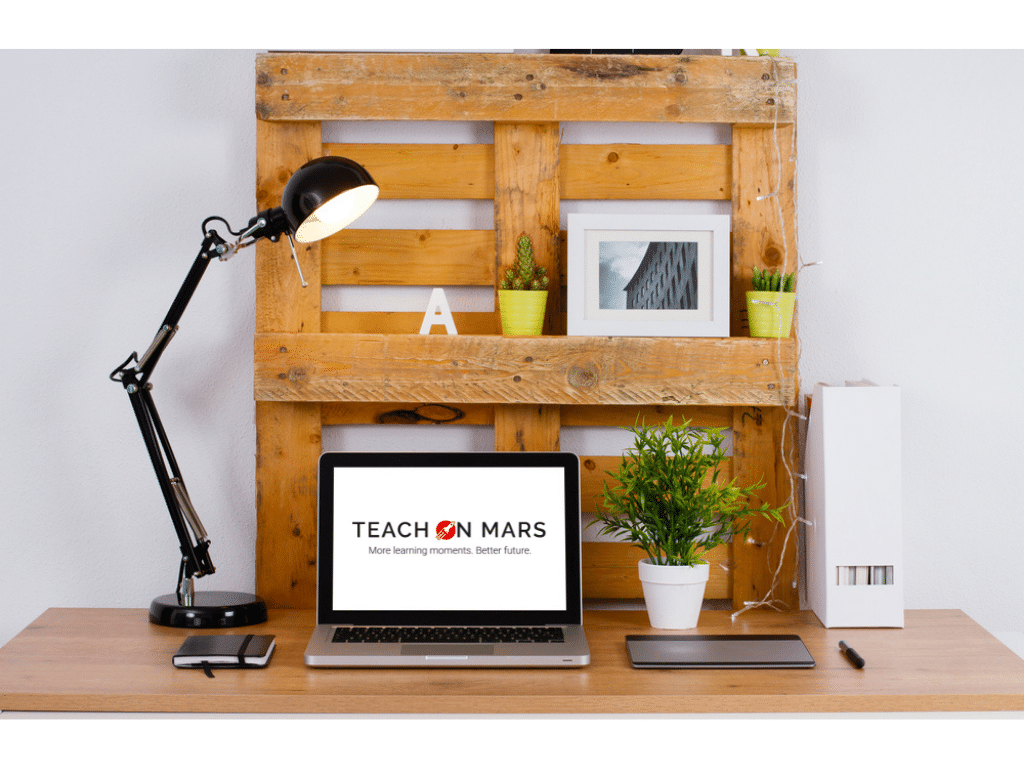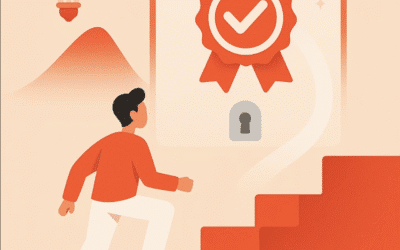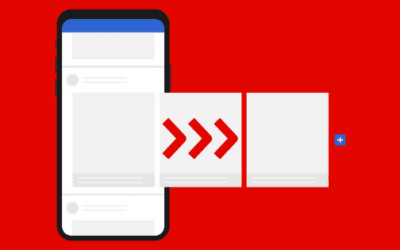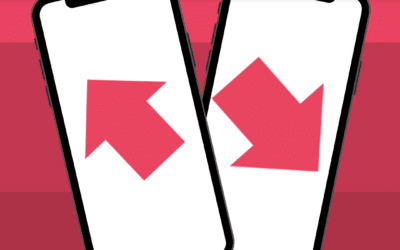Today, information comes in a steady flow which hastens the obsolescence of content, while the latter is often submerged in a sea of information leading to its untimely demise. So, in an era in which expressions such as “24-hour news”, “FOMO” and “information overload” are no longer anecdotal, training must tailor its content strategy in order to stand out. Sustainable design is an alternative which, rather than going against the grain, allows you to design faster and better. Teach on Mars gives you 4 good practices to follow the path of sustainable design for your digital learning and m-learning content.
1) Map your content
We often hear or even say ourselves, “I know there’s a video about it somewhere, I just don’t know where it is!”
It’s real problem! (a bit like when I buy a new pair of black jeans when mine are lost under my bed.) Our clothes don’t get lost if they’re put away tidily in our wardrobe, so why should our content be any different? Digital content needs its own shelves too, which should be well-kept and organised into categories. With this in mind, a few recommendations will make your content easily accessible and therefore longer lasting.
• Centralise your content: having a single place in which to organise your content will enable you to find past content. A content library shared with your team or even with your entire company, will allow you to build on content designed by others.
• Organise your directory: by date, subject or file type. It is important to carefully consider your storage structure.
• Be thorough and choose a naming convention: a naming convention is vital for future searches. In this way, you will easily find all the content relating to a specific search topic.
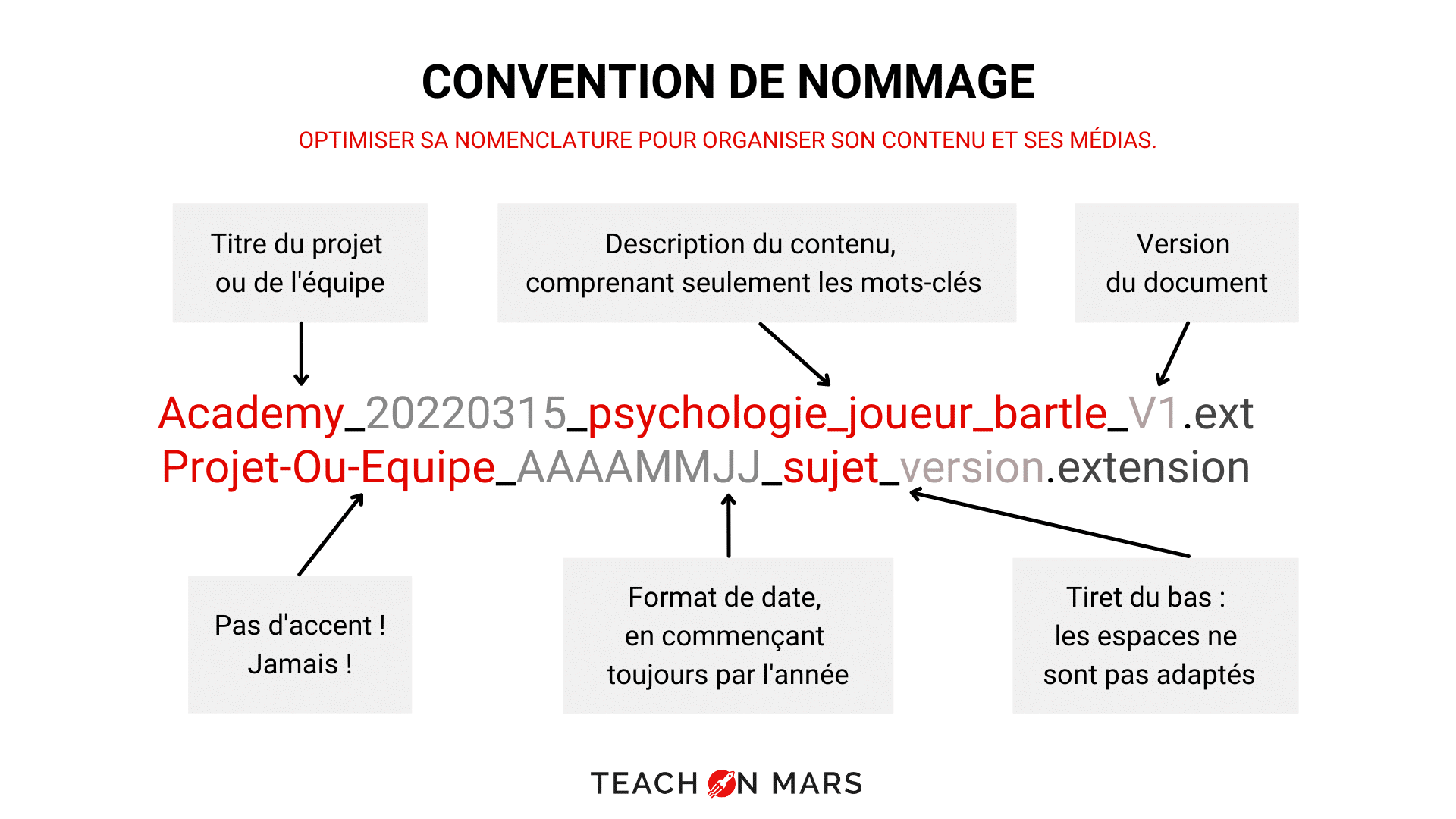
Thanks to this method, you’ll be able to create new content using old, thus providing a real impetus for sustainable future designs.
2) Try salvaging and upcycle!
Ever heard of upcycling? Generally speaking, upcycling means using an existing product to make something original and new, which is by definition “better” than the first use. The approach is responsible and often environmentally-friendly.
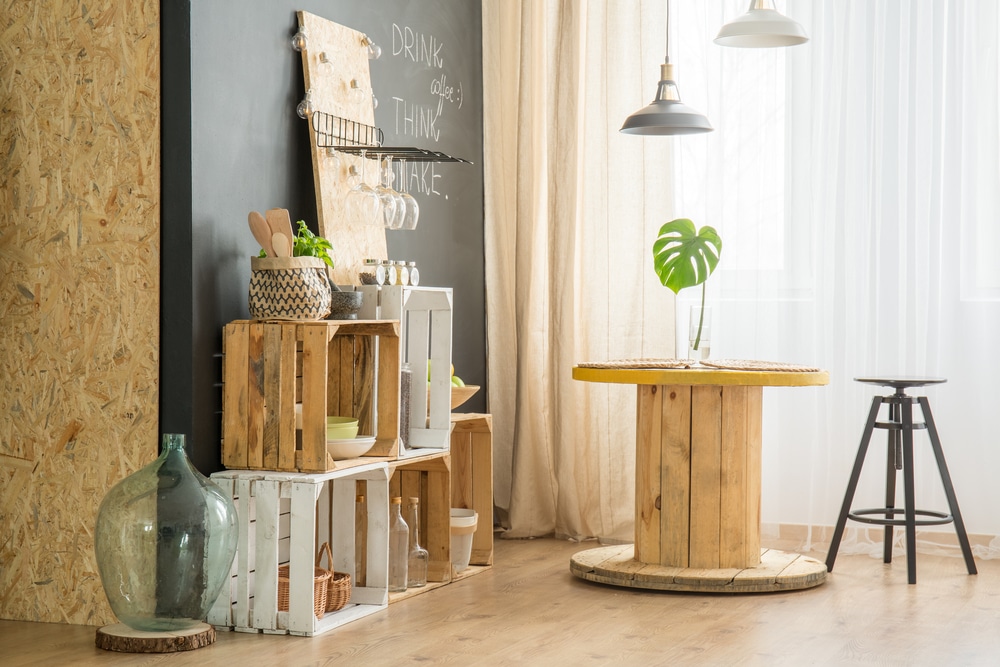
If we apply this concept to your training content, it means reusing content fully or partially in another context. The main aim being to save time and money and maintain quality, by using existing content several times over.
Examples:
• In a CPR course for example, reuse the parts about securing the area and the examination, which are common to all rescue efforts.
• For a course about your new fragrance, use the amber presentation file, which you already use in your courses about the brand’s iconic plants.
• In a course about positive feedback, use the video case study you created for the preparing for the annual interview course.
• At Teach on Mars, we used our old brand presentation content to make a retrospective. It includes the whole story of our product and therefore makes a great onboarding tool.
3) Re-publish your content
Sometimes all a piece of content needs is a quick makeover to regain all of its former glory.
“Have you ever noticed how moving the furniture around in your living room can make you feel like you’re living in a new, fresh and interesting place?” Moumita Chakraborty
So why not re-publish your courses and content to create something new? You can transform an old mobile course or an old article into an infographic. Or change the sound track of a video to bring it up to date or totally transform it. That too is sustainable design!
Example: we created a piece of content about Christmas surprises, so there were lots of festive images and examples about the festive period. After Christmas, we simply changed the visuals and modified the example to make it more generic and hey presto!
You guessed it, it’s really important to keep editable versions of your documents. Opt for a .ppt version rather than a.pdf, a .svg rather than a .jpg, so that you can keep your visuals up to date.

4) Redesign your courses
Sustainable design is a long-term project. It’s therefore important to create a virtuous circle around the way you design your courses. To make sustainable content, you also have to make a break from the classic linear path; even if it is made up of various media forms, you have to design your course like a series of connections between relevant content.
Firstly, it’s important to understand that some content is more editable than others. Whether that’s because skills have yet to be assimilated (SCORM files, videos or infographics) or because time and budget may be limiting factors.
However, the supports must be top quality. Think about producing your content in a different manner: the least editable content should be saved for timeless topics. Let’s take the video example, if you’re not sure that you’ll be able to redo the editing alone (a designer who doesn’t necessarily have this skill) the video topic should be reusable in several different courses.
Your most editable content such as text (mobile courses) and quizzes (if they’re made with an authoring solution such as Teach on Mars for example ?) can be duplicated or adapted in just a few clicks and can therefore be about specific times of the year or contain content with short expiry dates.
Your courses will gradually become a clustering and meshing of capsules of relevant content, which is easily adaptable and interchangeable thanks to a system of links (Learning Path). Your content networks can therefore benefit from updates to their content. Whoever said that sustainable design was more time-consuming?
It’s Bye-Bye exhaustiveness, and hello mobile learning!
Just like when you upcycle your clothes or vintage items, sustainable design enables you to invest money and effort into content which will be of use more often and for longer.
The good news for those already using a (our) mobile learning solution, is that m-learning already adheres to this method! Short, impactful and shareable content which can be duplicated and editable, has already been designed to allow you to design sustainably while maintaining the same quality.
Sustainably designed courses are here to stay!

D’abord éditrice de manuels scolaires, professeure et coordinatrice pédagogique à l’Université, Julia a rejoint l’équipe Learning Experience chez Teach on Mars pour apporter ses compétences en pédagogie. La gamification et la différenciation pédagogique sont notamment ses chevaux de bataille.

